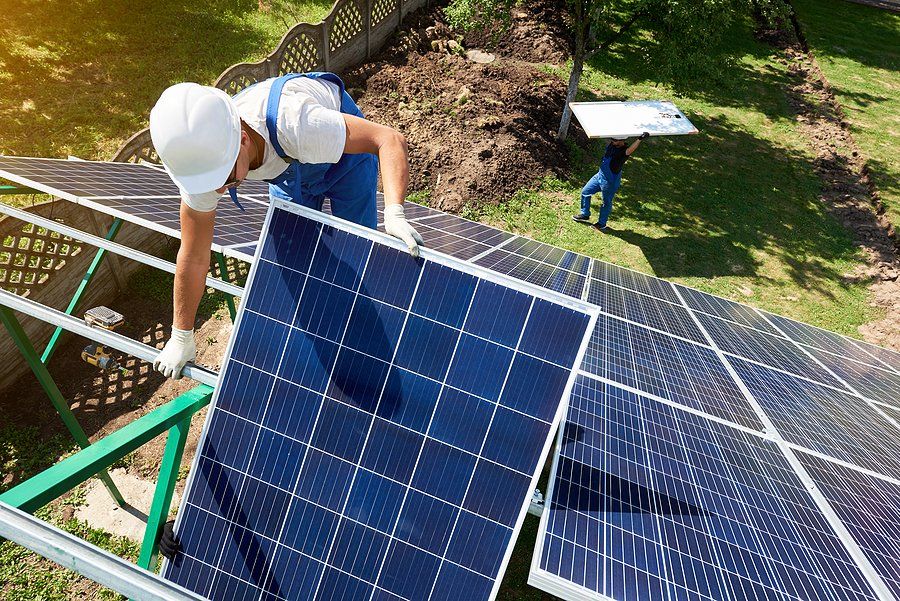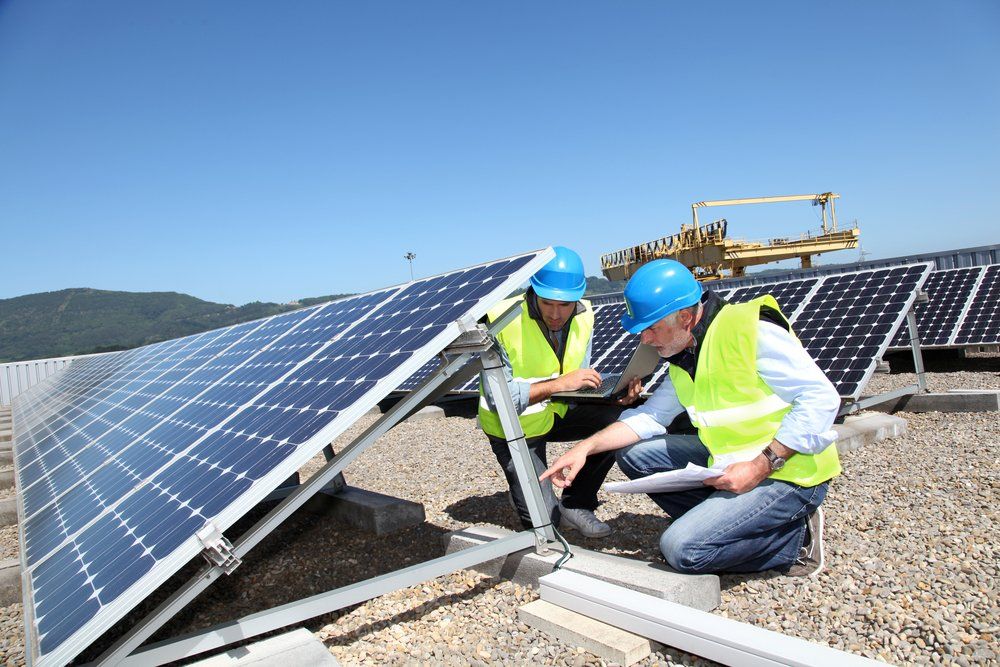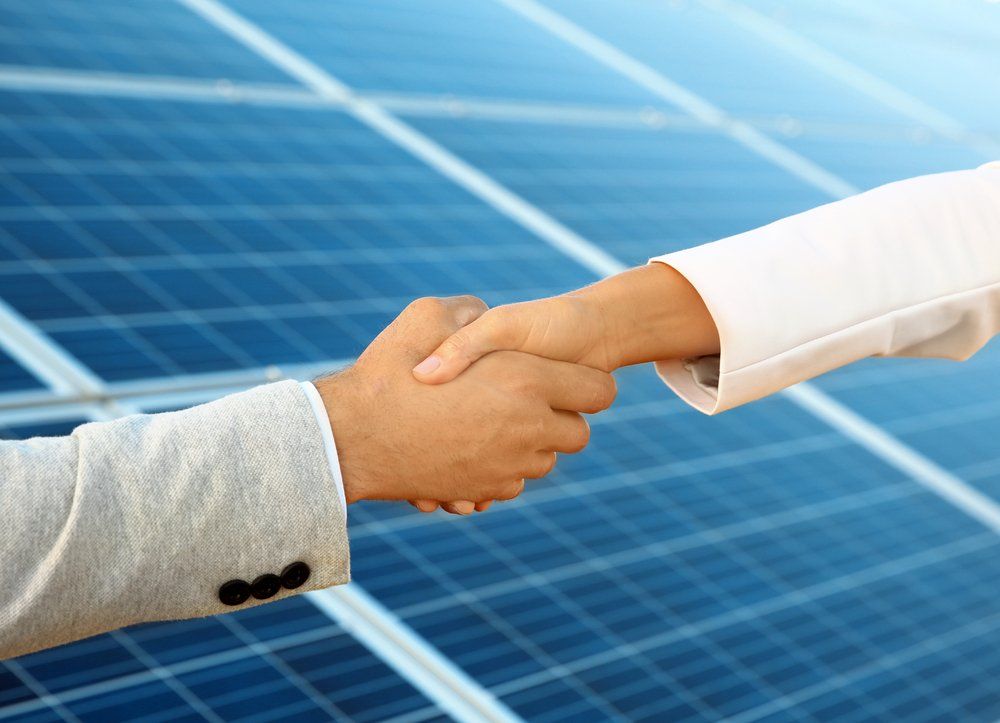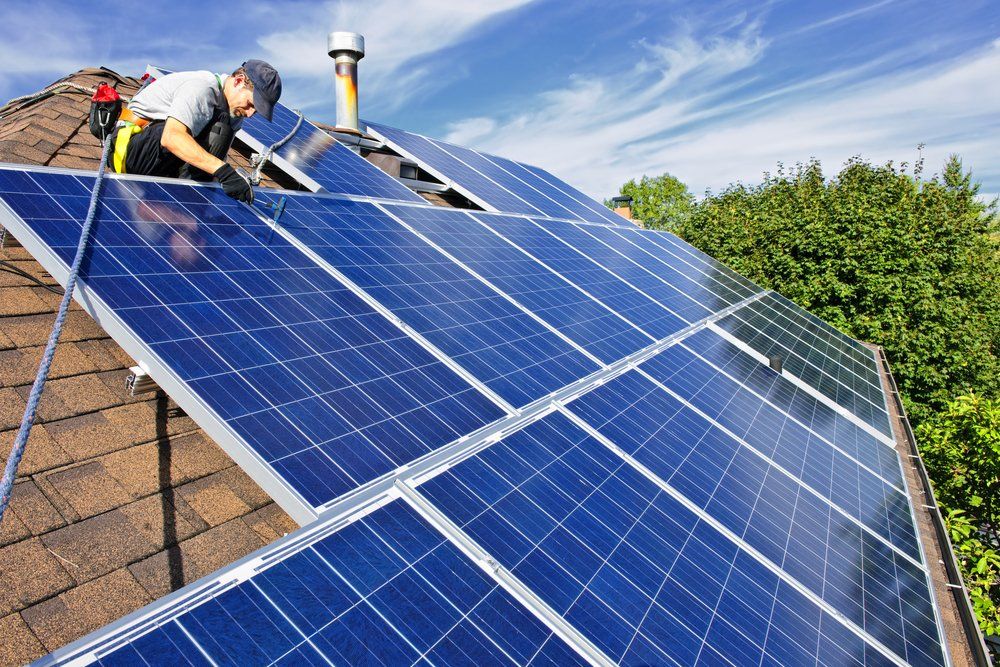The Most Popular Backsheet Material for Solar Panels
As solar panels modesto ca the most commonly used backsheet material for solar panels is fluoropolymer. Its hydrophobic, chemical and UV resistance makes it a superior choice over PET as a backsheet. However, it is expensive to produce and requires a complex manufacturing process. It also requires a mixture of different polymers. Here Are other list of backsheet material for Solar Panels.
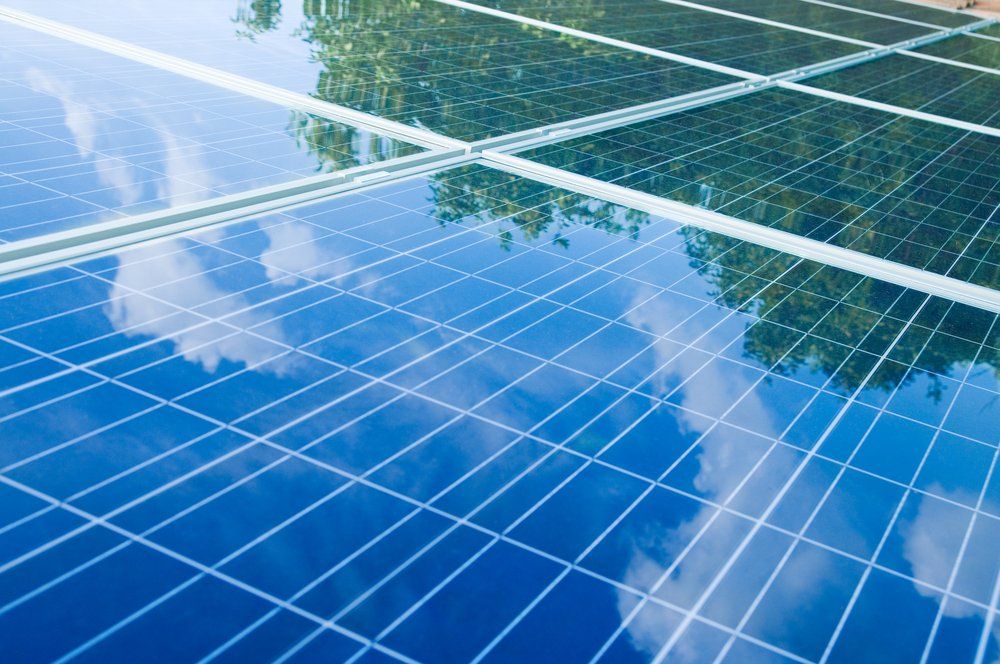
Kynar PVDF
While PVDF is the most commonly used material for solar companies in modesto ca, it is not the only one. Some manufacturers use a hybrid composite material, such as PET/Kynar, to reduce costs. Moreover, it is very durable. This combination of PET/Kynar helps solar panels last for years.
A study was conducted to determine the fluorine release from different PV backsheet materials. Three different backsheet materials were used, and the fluorine content was measured using a two-stage system consisting of heating units around a quartz glass reactor.
The PVDF layer may be surface-treated to improve adhesion. It may also contain low levels of additives such as UV stabilizers, plasticizers, coloring agents, antioxidants, and surfactants. These additives should be used in very low concentrations. The PVDF film can also be coated with a PVDC layer to improve the barrier properties.
The best material for solar panels is one that has high adhesion and low thermal resistance. PV modules are designed to be durable and long-lasting. Luckily, there are many options available. The best material is one that meets your requirements. For example, if you need to solar panel installation modesto a solar panel in a church, you should consider a polyvinyl chloride backsheet.
A PVDF film can be laminated with EVA or another material to increase its toughness and flexibility. EVA/Kynar laminates are particularly effective for withstand cold temperatures. Moreover, PVDF laminates are cost-efficient compared to monolayer films.
Fluoropolymers are responsible for more than 50% of the solar PV backsheet market. Fluorine has also affected consumer perception and influenced the use of cleaner auxiliary backsheet technologies. This market is expected to increase at a CAGR of over 4 percent by 2024. As crystalline PV units become heavier and larger, the demand for support and insulation materials will increase. Also, increased product efficiencies will drive the adoption of advanced backsheet technologies.
Low-stabilized PET
The process of producing backsheets for solar panels requires several factors. The material must be moisture-resistant, UV-resistant, and resistant to abrasion. Polyamide 12 is the ideal material for such panels. In addition, the backsheet material should be free of volatile organic compounds.
Traditional backsheets are made from low-stabilized PET as the core layer. Although low-stabilized PET offers good electrical insulation, it is prone to aging when exposed to sunlight and moisture. Therefore, it is often surrounded by thin outer layers to increase its resistance. However, these thin layers are not effective enough to stop the rapid degradation of the backsheet material.
Low-stabilized PET backsheet materials are the most common type of solar panel backsheet material. They are made from thin layers of PET. These layers contain an underlying PVF layer. In addition, they also feature low absorption and reflectance characteristics. This type of solar panel backsheet material provides excellent solar energy conversion efficiency, and is also suited for low-temperature applications.
Low-stabilized PET films are usually 50-250 mm thick. Their permeability varies based on their crystalline or amorphous phase orientation and thickness. The amount of stabilisation in the outer layer is higher than that in the inner layer. The film thickness is also important.
Low-stabilized PET backsheet material for PV modules is more environmentally friendly compared to fluorinated backsheets. PET-based backsheets also provide better disposal options compared to fluorinated backsheet materials. Unlike polyethylene terephthalate backsheets, PET backsheets are comprised of three layers: the outermost layer is called the protective layer and protects the inner core PET film.
Low-stabilized PET backsheets are manufactured by Dunmore, a company that manufactures backsheets for the solar module industry. Their backsheets are used by many module manufacturers and have a proven track record. Their high-performance multi-layer non-fluorinated constructions are characterized by low shrinkage during vacuum lamination and partial discharge resistance. Their backsheets are manufactured in ISO 9001:2008 certified facilities.
Endurans(tm) Solar is a wholly owned subsidiary of Worthen Industries. With production facilities in Asia, Europe, and the USA, Endurans produces backsheets using a unique co-extrusion process. Their innovative polyolefin backsheets have exceptional electrical insulating properties and low environmental impact.
Fluoropolymer
Fluoropolymer backsheet material is the most expensive type of material used in solar panels. The material is made up of a chain of carbon atoms surrounded by fluorine atoms. In a symmetrical backsheet, the UV exposure on the inner film is a tiny fraction of that on the outer film. To make it more affordable, some manufacturers have replaced the fluorine-containing films with cheaper polyethylene films. These new backsheets are known as 'E' or 'Primer'.
The backsheet material must be highly resistant to UV rays, abrasion, and moisture. Fortunately, there are a variety of backsheet materials that meet these requirements. Polyamide 12, for example, is a durable material that has excellent UV, abrasion, and moisture resistance.
Fluoropolymer backsheets are a better choice than other backsheet materials. They offer superior weatherability compared to PET, and they are less likely to crack when exposed to UV rays. However, fluoropolymers are expensive to produce and require a complex manufacturing process.
Backsheets are important components of a solar panel, and they must be chemically inert. This is important to ensure that the material will not cause damage to the solar cells. They should also be able to resist high temperatures and resist thermal shrinkage. Furthermore, backsheet material should be lightweight. Extra weight can make solar panels difficult to install and handle.
Backsheet failure rates have increased in recent years. These failures can include yellowing, cracking, and delamination. A recent study found that 14.3% of modules had backsheet failures, a significant increase over 2018. And, according to field observations, the rate of degradation is increasing. Some studies have found that backsheet failures occur within six years of operation.
The material that makes up a solar panel backsheet is important because it affects the durability and long-term performance of the PV module. Its outer layer protects the PV cells from high and low temperatures, while its inner layer reduces solar heat gain. High-energy photons can damage the cells and cause poor performance.
The study also found that FC-based SF-BSs exhibited a microcrack pattern. These cracks are several micrometers wide and can allow the internal layers to be exposed. An aerial inspection of solar modules with SF-type BSs revealed that a large portion of them had to be removed due to microcracks. The phenomenon is thought to be caused by insulating problems in the PV modules.
Transparent backsheets
Transparent backsheets are among the most common backsheet materials used in solar panels today. However, they are prone to degradation over time and can cause serious problems. Luckily, there are ways to avoid these issues. To start, you should choose backsheet materials that do not reflect light. This will minimize any possible damage.
In addition to being transparent, PAP is also chemically resistant and can be used as a backsheet material. PAP is made up of PEN, PET, and AI Foil, and is a composite layer film. It is typically used for solar panels and other products that require transparency and chemical resistance.
The solar backsheet market is divided into several regions, including North America, Europe, Middle East, and Africa. The Asia Pacific region is anticipated to lead the market for solar backsheets during the forecast period. However, North America, Europe, and Latin America are also expected to experience rapid growth.
The most commonly used backsheet material for solar panels is PET. However, PET is sensitive to UV degradation. Therefore, it is crucial to design backsheet layers properly to keep the core intact. The results of this study will help solar panel manufacturers choose the right backsheet material for their panels.
There are two main types of backsheets: bifacial and monofacial. Bifacial modules produce more power than monofacial modules. Glass/backsheet modules are lighter and have good light transmittance and corrosion resistance.
A solar panel's backsheet material will influence its performance. A white or transparent backsheet will reflect more light than a black backsheet, ensuring greater efficiency. Nevertheless, a translucent backsheet may also be more expensive than a black backsheet.
Transparent backsheets are the most popular type of solar panels. They are also more expensive than PVF/PET/T. Fortunately, they are environmentally friendly. Both SOLAR-IMB and SOLAR-TDB backsheets are compatible with solar panels.
A PV backsheet must meet qualification standards to be labeled "safe for human health". This means that the material must be UL-recognized. It should also pass UL 1703 certification.

